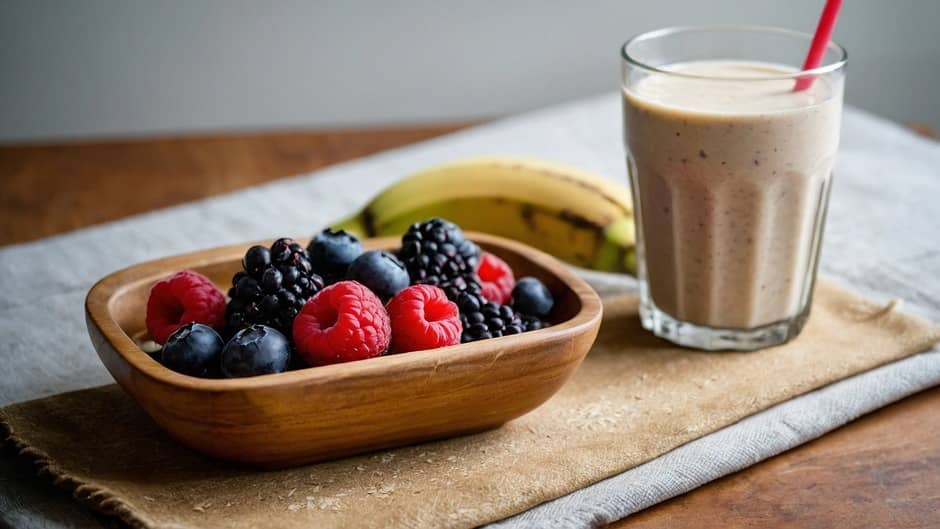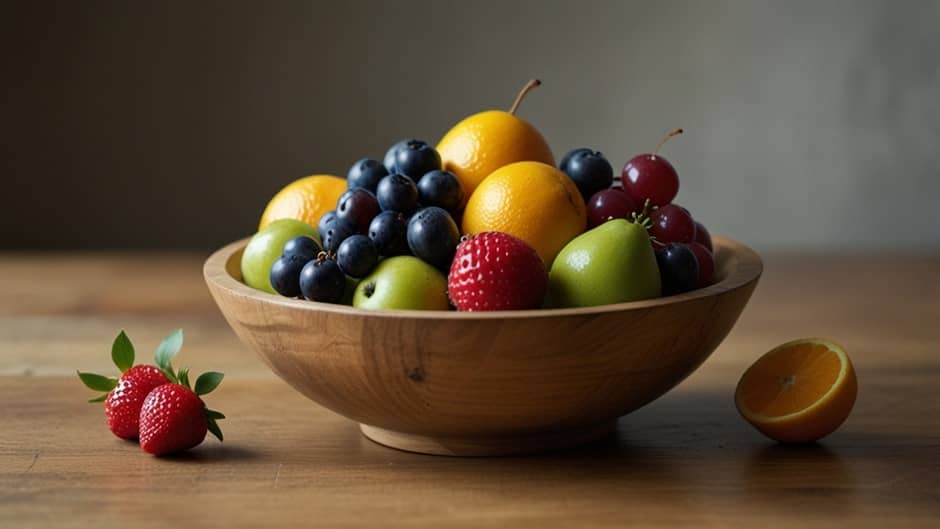Table of Contents
- Is It Okay to Put Warm Food in the Fridge?
- The Concern with Putting Hot Food in the Fridge
- What About Bacteria?
- Can You Put Steaming Hot Food in the Fridge?
- How Long Should You Let Food Cool Before Refrigerating?
Is It Okay to Put Warm Food in the Fridge?
You just finished eating dinner, and there are still some leftover noodles or stew in the saucepan.
You’re wondering whether you should put it straight in the refrigerator because it’s hot outside.
The short answer is that you can indeed reheat food in the refrigerator. However—and this is a major “but”—in order to do it securely, there are some possessions you must keep in mind.
Now, is it safe to store hot food in fridge?
The Concern with Putting Hot Food in the Fridge
There is an old belief that it is bad idea to put warm meals inside the refrigerator since the food can spoil more quickly and cause the temperature to drop.
The problem is that modern refrigerators are made to withstand far more than we can give them credit for. They are quite capable at keeping warm food silent. The method you use is the real challenge.
Two things might happen if you take a scorching hot pot and place it right away in the refrigerator. First, the temperature of the refrigerator may rise as a result of the previous meals, making certain dishes inside a little hotter than they should be.
This may lead to a situation where microorganisms should start growing more quickly on the various meals—especially those that require a cold, consistent temperature to survive, like dairy or raw meats.
What About Bacteria?
This raises the crucial question: can reheating food in the refrigerator encourage the growth of microorganisms?
The issue currently isn’t so much with putting warm meals in the refrigerator as it is with how long the meals stay in the “risk sector” temperature range.
At temperatures between 40°F and 140°F, microorganisms reproduce most quickly, and this is the risk zone.
Meals left out at room temperature for an extended period of time can definitely encourage the growth of microorganisms.
Therefore, if you were served warm food and are worried about microorganisms, it is really safer to cool the food quickly and store it in the refrigerator rather than waiting later.
The secret is to execute it in a way that swiftly cools the food, which gets us to the next point.
Also Read – What Are The Negatives Of Cooking In An Air Fryer? – Baking Cooking Methods (2024)
How to Safely Store Hot Food?
Here’s a great way to handle warm food before putting it in the refrigerator:
- Cool It Down Quickly: Give the food a few minutes to cool down if it’s too hot. It should only be left out for a short while to prevent the steam buildup, not hours. You might transfer food into smaller containers if you’re handling something like soup or a large quantity of noodles. This enables it to relax more quickly. To expedite the cooling process, you can also place the box inside an ice tub.
- Cover It Loosely: Cover the refrigerator loosely when you initially put the delicious foods inside. This allows for the necessary temperature to be retained without making your refrigerator into a sauna. You can carefully seal the meal once it has cooled completely.
- Leave Some Space Around It: Be sure there’s space around a heated dish if you’re placing it inside the refrigerator. This allows cooler air to enter and lowers the temperature more quickly.
Can You Put Steaming Hot Food in the Fridge?
It is acceptable to arrive a few minutes early to refrigerate the food if it is still steaming.
The steam contains a lot of heat, and if you trap that steam in a closed container, you can end up with condensation that sours food or perhaps promotes the growth of microorganisms.
A small amount of waiting time could go a long way.

How Long Should You Let Food Cool Before Refrigerating?
Okay, let’s talk about something that we all deal with at home: storing leftovers in the refrigerator.
You may be wondering, “How lengthy have to I permit my meals cool earlier than sticking it withinside the fridge?”
It’s a common question, and the answer is more important than you may imagine. The food is usually steaming hot when you finish cooking, and you may be tempted to put it in the refrigerator right away to avoid leaving it out for too long.
But continue to preserve!
You want to hit a certain portion of stability here.
Warm meals that are promptly put in the refrigerator could raise the temperature there, making all of the other meals more likely to go bad.
However, if you leave it out for too long, microorganisms may start to proliferate.
What is the candy spot, then? Here’s the general guideline: Before you refrigerate your food, you must let it cool for around twenty to thirty minutes. This cooling period enables the food to cool down from its extremely hot state to a slightly safer temperature for storage.
However, you don’t have to stay too long. Perishable foods shouldn’t be left out for longer than a few hours, according meal safety requirements. In a really heated room (over 90°F), that window closes to just one hour.
The secret is to find that middle floor where your food is safe from microorganisms but still cool enough to not affect the temperature in your refrigerator.
Also Read – Benefits Of Washing Your Hair With Apple Cider Vinegar (2024)
Rules for Cooling Food
Let’s now explore some basic guidelines for safely cooling meals, which can be as simple as following exact kitchen practices to maintain everyone’s health.
- Portion It Out: If you’ve been handed a large casserole or soup pot, it’s a great idea to portion it into smaller portions before cooling. This reduces the amount of time the food spends in the “hazard zone,” where microorganisms can develop, by enabling the meal to quiet down exceptionally quickly and uniformly.
- Use Shallow Containers: When it comes to refrigerating meals, shallow boxes are your friend. Your food cools more quickly because they blast the area of the floor that is exposed to the air. In addition, the boxes stack cleanly and fit well inside the refrigerator!
- Stir It Occasionally: When chilling something like soup or stew, stirring it periodically helps to release the heat and ensures that the food cools more evenly. Just remember to use an easy spoon whenever possible to prevent contaminating the dish.
- Ventilate Before Sealing: Make sure the food has cooled down a little before covering that field or the area next to the lid. You can leave the lid slightly ajar until it cools down enough to seal tightly. This allows the warmth to escape the field without causing condensation, which could lead to soggy food and the spread of bacteria.
- Ice Bath for Quick Cooling: You might give it a cold water bath if you’re pressed for time or if the food is really hot. Put the dish or pot in a larger field that is filled with ice water. To help it settle down more quickly, stir the food every now and again. This is very helpful for sauces, stews, and soups.
- Don’t Stack Warm Containers: Don’t stack the boxes of heated meals if you’re putting many of them inside the refrigerator. Meals that are stacked are less likely to settle down fast because stacking retains heat. Rather, spread them out until they’ve had a chance to settle in.
- Monitor the Fridge Temperature: Lastly, make sure the temperature in your refrigerator is about right—ideally, it should be lower than 40°F (4°C). This makes it possible to guarantee that your food stays safe as soon as it is placed in the refrigerator.
By following those simple instructions, you can make sure that your leftovers are stored safely and prevent any unwanted microorganisms from causing foodborne diseases.
It all comes down to awareness and taking a few extra minutes to properly chill your food before putting it in the refrigerator.
Both your taste buds and your health will appreciate it!
Read us on Medium.




